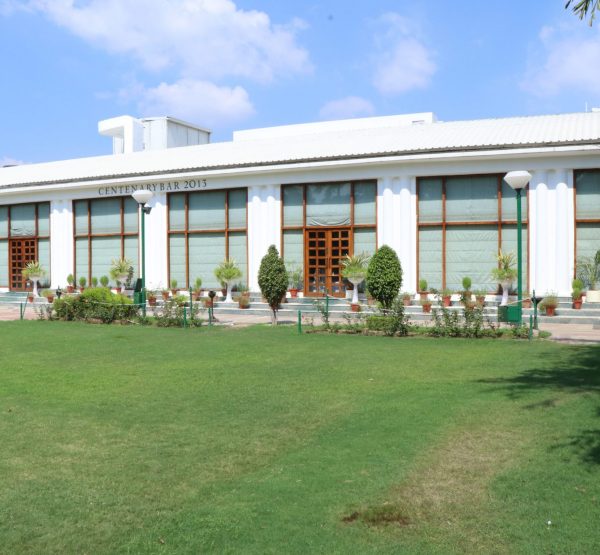about
Club History

History
Early History
The Gymkhana Club in New Delhi was built at its current address in the early 1930s. The contract for building was given to architect Robert T Russell whose other two buildings became landmarks in the city: The Connaught place and the Commanders-in-Chief’s residence, later known as Teen Murti House the residence of prime minister Nehru. Russell was keen that the design of the new structure should complement the bungalows that were coming up right across the road. His drawing of the main building, the residential areas, and even the servant quarters reflect the spartan yet majestic building set amidst green lawns. In fact, Russell remained involved in the Club’s management and refurbishment until the 1930s as a member of the general committee. The coming up of a new structure that was contracted to one of the two big contractors of New Delhi, Sir Teja Singh Malik, saw the main building take shape with a gravel path in front and a swimming bath close to Safdarjung Road.
History
Later Years
As a sporting club, the Gymkhana lacked a swimming pool and squash courts until the 1930s. The Viceregal House under construction had no swimming pools either. The viceroy’s wife Lady Willingdon was having a hard time finding a place to swim. She would have to use pools houses of wealthy Indians in New Delhi. She was not happy about it and was getting restless with constructors working in viceregal House. She finally found a way out and before her husband’s term ended she gifted Rs 21,000 for the construction of the swimming pool. Her “munificent gifts” were not going to go unrecognized and the general committee soon ordered the suitably inscribed tablets be put up in recognition of her generosity. The gleaming tablets, “Lady Willingdon Swimming Bath” and “The Willingdon Squash Courts” would be quickly ordered and put up well in time before the Viceroy Lord Willingdon and Lady Willingdon would visit the Gymkhana Club for their farewell on 16 March 1936.

